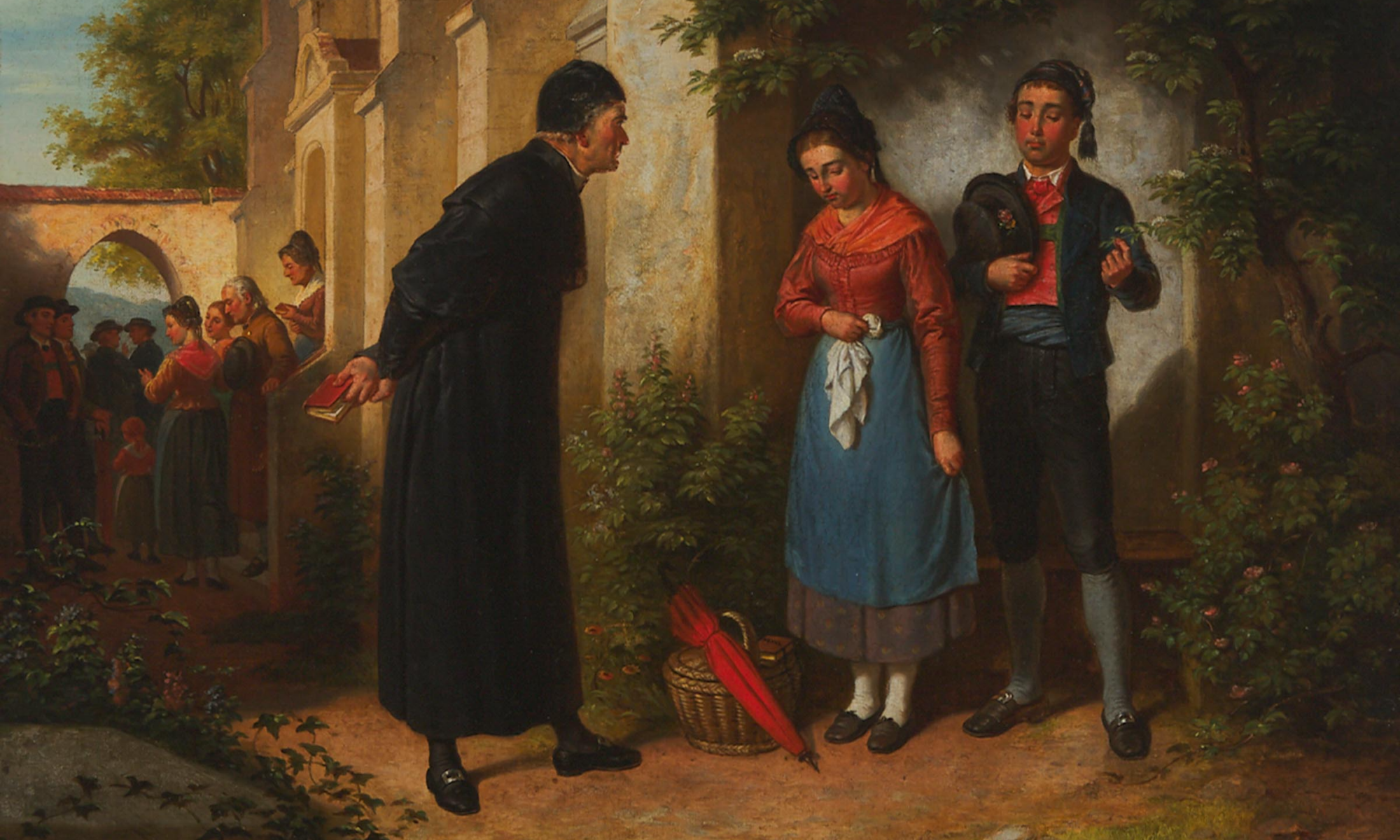French, Impressionist Still Life (1850-1911)

Eugene Henri Cauchois was born on the 14th of February 1850 at Rouen, in the Seine-Maritime region of Normandy in Northern France. He died on the 11th October 1911 in Paris. Cauchois is probably more famous for his floral Still lifes, although he did, on occasion, paint landscapes and seascapes.
In pursuance of an artistic career, he first began studying under Ferdinand Duboc. Cauchois debuted at the Salon of 1874 with Un Lapin (A Rabbit) beside which was placed a text by Victor Hugo which read, “Behold the unfortunate, recumbent, naked, miserable [animal], all covered with blood, redder than maple, during the flower season.” His placement of this quote next to his picture suggests that Cauchois was a supporter of the Romanticist movement, interesting in that he was working during a period in which Romanticism in painting had passed and new movements such as Impression were gaining momentum. By 1876, Cauchois had partially relocated to Asnières along the Seine, just outside of Paris.
Between 1878 and 1879 Cauchois took up residence in Brussels as well as Paris and exhibited two paintings at the, Fleurs (Flowers) and La Pièce de la Resistance (The Principal Dish). He remained in Brussels until at least 1883 and, at some point between 1883 and 1887, returned to Paris after spending nearly four years in Brussels. It cannot be estimated, however, to what point his time spent in Brussels influenced his work, since the whereabouts of much of his work is unknown.
What does remain of Cauchois’ work at present, and what he is most remembered for, are his flower arrangements, many often painted in a series of decorative panels meant to be seen side by side. Perhaps Cauchois was inspired by the vertical compositions and love of nature of Japanese paintings, since much of this period saw an increase in the appreciation in Japonisme and many artists began experimenting with new compositional formulas. It seems as if Cauchois’ more experimental work was exhibited at the Salons, while his other work, especially that of flower paintings, found a wide audience among collectors both during the late nineteenth century and into the twenty-first century.
Still lifes had been a long traditional subject throughout Europe and France was no exception. Even into the late nineteenth and early twentieth century, modern artists such as Édouard Manet and Vincent Van Gogh began working with still lifes, many of flowers. Cauchois’ soft, colorful and lustrous still lifes reflect a strong influence from the great Impressionist artists of his time. Similar to the Impressionists, his canvases are painted layer upon layer with loose and fluid brush strokes.

